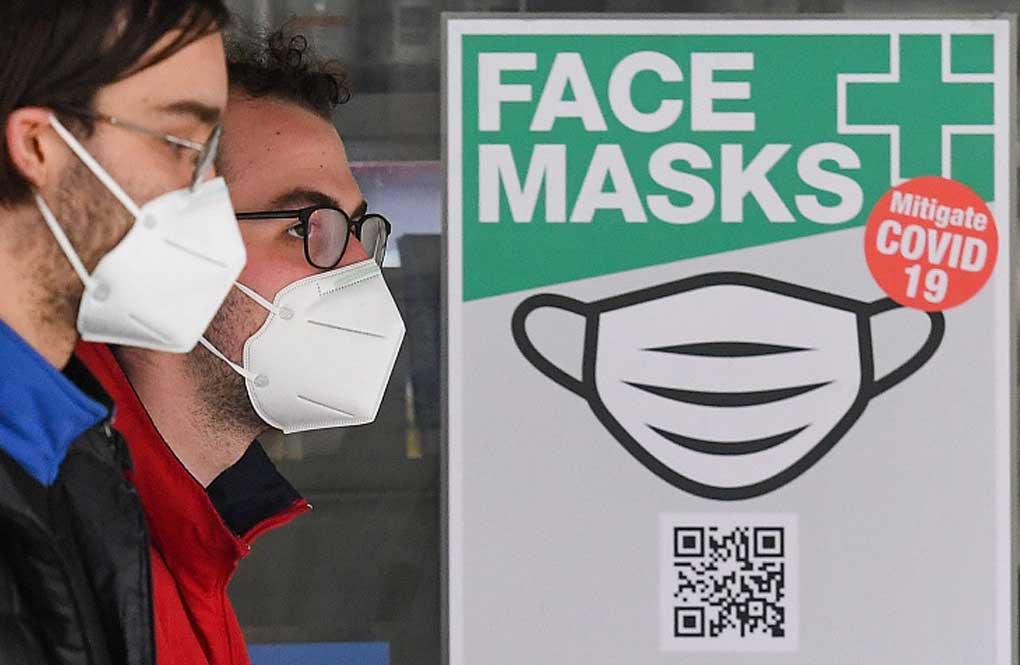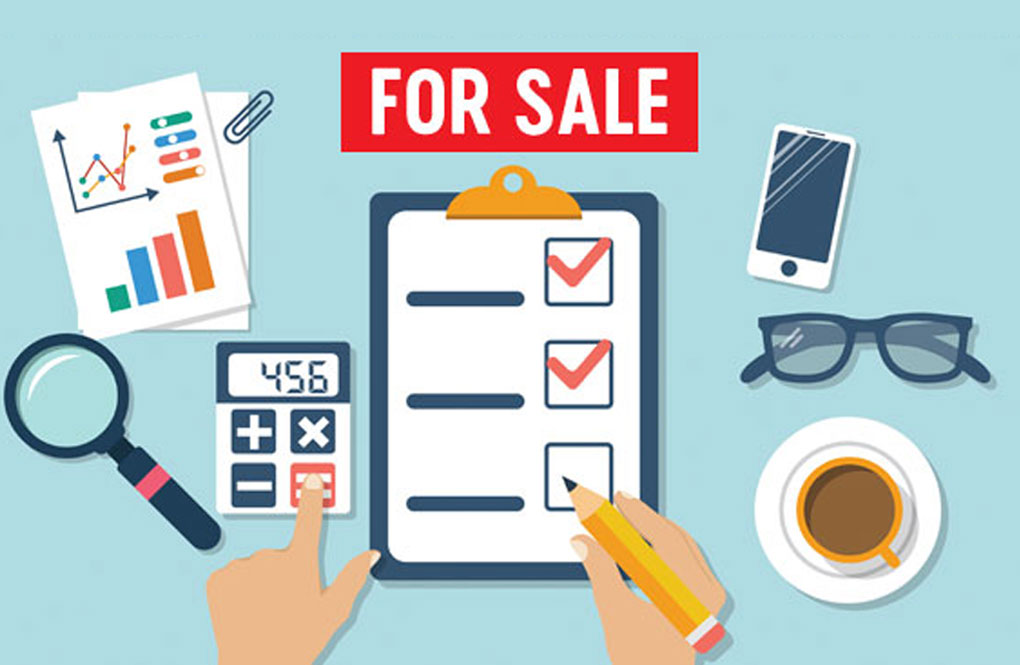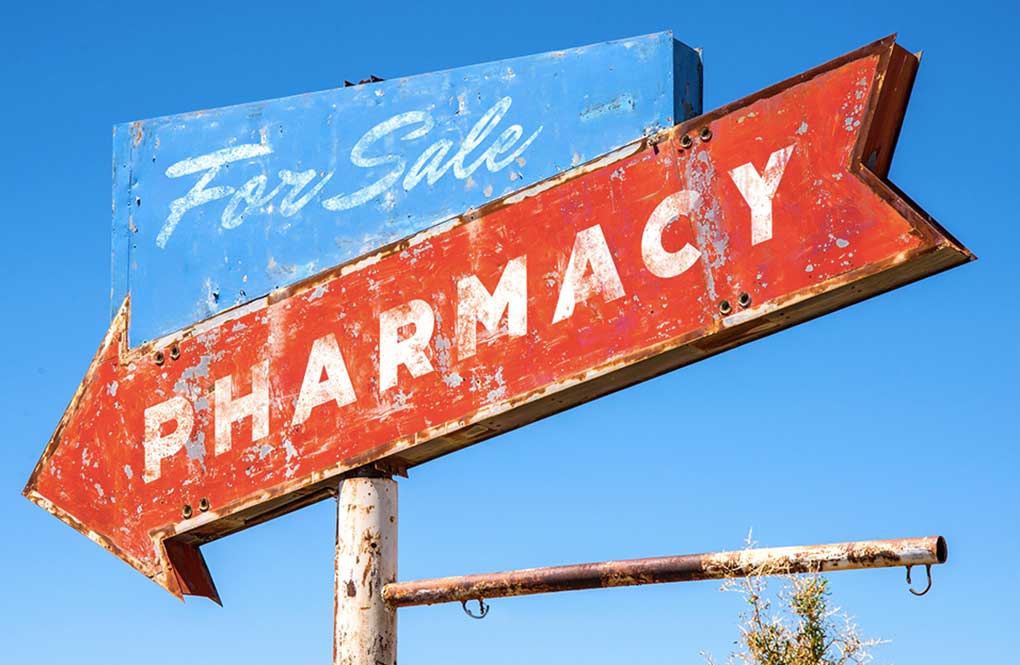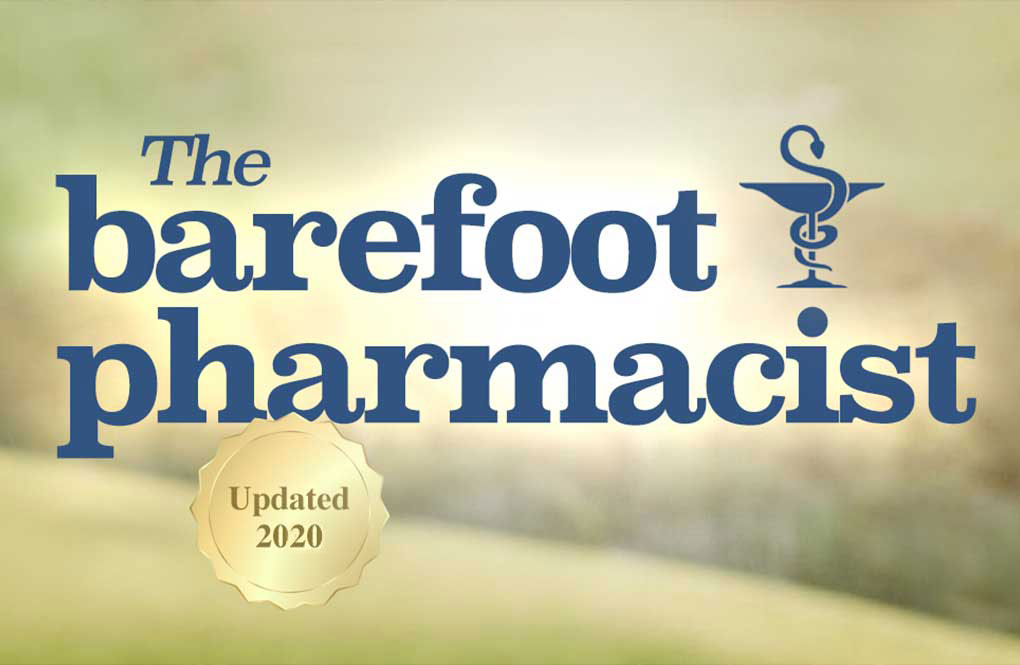As I write this article, we are still in relative isolation, though restrictions are easing. There are challenging stories across the industry as community pharmacies, their families and suppliers, all grapple with a new way of working, angry or fearful consumers, stock issues and wild swings in demand.
Initially we saw a strong link between the number of global cases and Australian pharmacy sales, with people reacting to press and social media coverage by stockpiling and increased purchasing of COVID-19 related preventative products. Recently consumer health pharmacy sales have deteriorated overall by -25%, following the trend of declining new cases in Australia.
Shopping centre and ‘destination’ pharmacies have seen dramatic slowdown in sales post the rush on medication, toilet paper and sanitisers.
- In the week ending 2nd May 2020, 9.7 million items were scanned through Australian pharmacies. This equates to a -25% decrease on the same week in 2019 and a -56% decrease compared to the peak COVID-19 impacted week ending 21st March 2020, when 21.9 million units were sold.
- It appears the decline has hit its lowest point as sales have begun to rally in recent weeks.
- Since the outbreak of COVID-19 (19th Jan-2nd May 2020) over 191 million units have been sold in pharmacies equating to $2.34 billion in value.
- Of the 26 consumer health categories with significant growth throughout peak weeks, 16 are in decline of varying degrees in the subsequent 5 weeks when comparing to the same 5 weeks in 2019.
- There are 3 factors in determining if there will be any upside over the long term for a category:
Increased Consumption or Use
- Hand sanitiser, vitamin C, immunity supplements, disinfectants, gloves, soaps, thermometers all still exhibited growth looking at the 5 weeks until 2nd May post the COVID-19 peak.
Stockpiling
- Suppliers of categories that saw high levels of stockpiling question whether there will be a corresponding decline resulting in no long-term uplift.
Cross Border Influence
- Circulation supplements showed strong growth throughout the peak COVID-19 weeks of 58%. Recently this category has shown even further growth of 117% as other categories have either tapered off or are in decline.
Which categories have performed?
Between 19th Jan and 2nd May 2020, over 191 million units were sold in pharmacies equating to $2.34 billion in value. Reflecting on the peak 5-week period, from 23rd February – 28th March 2020, we observe extraordinary growth across many categories. The highest impacted categories have been hand sanitiser with 435% growth compared to the same period in 2019, cold & flu immunity with a 366% increase, thermometers up 359%, wipes with an increase of 339% and household disinfectants achieving 333% growth.
What are the prescribing trends compared with last year?
Every single therapeutic class saw growth quarter on quarter compared to last year. Of note was the surge in demand for respiratory medicines with 47% growth compared to Q1 in 2019 (ATC = RESPIRATORY SYSTEM), as a rush of new and existing patients flooded pharmacy with prescriptions for products that patients hoped would protect them from the worst effects of COVID-19.
On 16 March this year (US time), Elon Musk tweeted a link to a questionable article claiming the potential benefits of chloroquine. Later that same week (21 March US time), President Trump tweets “HYDROXYCHLOROQUINE & AZITHROMYCIN, taken together, have a real chance to be one of the biggest game changers in the history of medicine.” As can be seen from Australian dispensed medicine data, this had a profound impact on global news and subsequently rate of this medicine’s dispensation in Australia. There was concern such prescribing activity would create potential shortages of the medicine and impact the health of Australians who use it for approved indications, so in response it was changed to Authority from May 1 to limit prescribing.
Of greatest alarm is the rush on not just groceries but medicines during this pandemic, and it suggests that the government and regulatory bodies need to consider how to best protect the vulnerable in our community that need access to these medicines, during these crises.
Notably, in the peak week of demand between 16-22 March 2020, volume for respiratory medicines peaked at 80% on a rolling month basis and overall market demand spiked at 9.5 million units of prescription medicines, for the total market, compared to 6.6 million units for the same week last year.
Overall, we expect to see a return to pre-COVID-19 levels of most prescriptions; and despite a colder start to winter, the Bureau of Meteorology forecasts a mild winter overall. Pharmacists should still be prepared for a surge in demand for other winter-related counselling and medications, including flu vaccination and treatment.
What are the opportunities?
There may be some new opportunities in community pharmacy given the circumstances, as consumer behaviour changes and some consumers demonstrate reluctance to come into pharmacy to collect their scripts. Pharmacies that had already began to pivot in the preparation for electronic scripts have been able to provide a safe and seamless customer experience. The desire for these patient focused delivery models will likely remain, so some of the opportunities that pharmacies should explore include:
- providing an online presence where patients can submit queries as well as purchase products online for delivery or click and collect
- having telehealth consultations
- providing visibility of stock availability
- training your staff for remote assistance as well as home delivery with a difference
- understanding your local circumstances and the position of your pharmacy will help you understand which opportunities will be open to you and where you may need to examine your business model given the new way people will shop
Online presence
A quick search online shows that some pharmacies are doing a better job of ecommerce than others. One of the most frustrating things for a consumer is not to be able to find a product or their local pharmacy quickly online.
Practical Tip: Google your own pharmacy and see how easy it is to locate your contact information as well as your ecommerce experience. It’s important that you control your online reputation especially as people turn to ecommerce sites to purchase essential items. Register your business with Google and ensure that all of your information is up to date and correct.
Ecommerce on the other hand, is more of a challenge, as it relies on either your brand of franchise to ensure that you have a good ecommerce experience or a local technical ability to ensure that people can buy from your pharmacy online.
A common misperception about ecommerce is that you need to be online for customers 24 hours a day. Your website can take orders as you sleep, so it’s important that as soon as you open your shop that you’re monitoring your requests and that you are able to execute orders as they come in.
Telehealth
The genie finally appears to be out of the bottle for Telehealth….
Stymied by a lack of government subsidy for many years, things changed rapidly for this health service delivery model. First for GPs and now for pharmacists.
With recent developments in electronic prescriptions, as well as the necessity to provide online healthcare services most especially from general practitioners, the need for pharmacies to have an online or telephone consult with patients is becoming more increasingly important. Many patients would happily receive their medications remotely and this is possible under current guidelines, though it is essential that pharmacists are able to consult with every patient prior to a prescription being dispensed. If a pharmacy informs its patients that they will facilitate online consultations or on phone consultations based on appointments, then the market opens to a whole new world of convenience and safety for patients. In an article written in early 2019 Smart Company identified telehealth as a market disruptor. A year later everything would change and healthcare professionals would find themselves in a situation where they would have no choice but to be able to provide these services. Recent articles in the press have also highlighted concerns from health professionals that patients are not seeking their regular care and not fulfilling their prescriptions as regularly as they had been before isolation.
In the first quarter of this year, 73,872 MBS telehealth services had been delivered already, compared with 54,141 in the same quarter last year – that is 36% growth even before the peak of isolation measures were in place.
Practical Tip: Government subsidised health services delivered by pharmacists and provisioned by telehealth are currently being supported. Customers are appreciative of the convenience and the flexible delivery models that ensure continuity of care even in these challenging times. There are other benefits to setting up your own flavour of telehealth:
- checking in on your patients to ensure they are doing OK – it may be the only call they receive that day;
- Keeping connected means that your pharmacy should be top of mind when patients do venture out to seek a pharmacy; and
- You may be the first call they make when seeking health advice, which may lead to sales.
- With electronic scripts on the horizon the need to physically visit your store may be lessened, so this flexible and convenient service delivery method provides an opportunity to digitally connect patients to your pharmacy.
Stock availability
Pharmacists should ensure they have a healthy supply of stock based on their anticipated demand, especially in the cold and flu treatment sections of their pharmacy. To gauge anticipated demand the pharmacy should run the usage reports from the same period last year (i.e. from June until September 2019) and, factoring in growth, estimate how much stock the pharmacy will need to carry it through the peak winter season. Often, stock shortages are created when pharmacies rely on just-in-time replenishment and are caught short by demand elsewhere in the country or the world for the same medicines, creating a shortage of supply.
Practical Tip: As is our custom, we recommend carrying anywhere between four and six weeks of stock and perhaps even more for those categories known to peak over the winter.
Staff training and remote assistance
As the pharmacy enjoys a temporary quiet period before people start to become bolder in their shopping expeditions, staff training on how to handle not only COVID related queries but also more common cold and flu inquiries will help establish the pharmacy as a destination for health advice. In addition, pharmacy staff should be trained to counsel over the phone where patients are reluctant to come into the store. We anticipate that this reluctance may endure for the remainder of the year, especially if Australia experiences a second spike in COVID infections.
Practical tip: don’t try to train everyone to the same degree; rather, establish a team of people who are already comfortable with handling enquiries both over the phone and in person with your regular patients. Learn to convert online inquiries into online counselling opportunities as well as potential customer acquisition by training specific staff on asking open questions of the caller bout their general and specific health needs.
Local marketing and positioning
Have you ever wondered where all your patients come from? Perhaps you think you already know? One common approach of pharmacies is to distribute catalogues to their local communities, but it is very difficult to determine whether this distribution area is related to the catchment area of the pharmacy. In addition, how strategic are your local area marketing efforts around gaining new customers? There are quite a number of tools available to pharmacy to establish a more strategic local marketing area effort, including analysis, professional services, and multi-channel marketing.
Practical tip: if you have not previously analysed your catchment area and determined where the potential for business exists, reach out to an organisation like NostraData or your retail banner marketing team to find out more information on the best way to approach your marketing efforts more strategically.
– Mike De Gama, Director, NostraData













